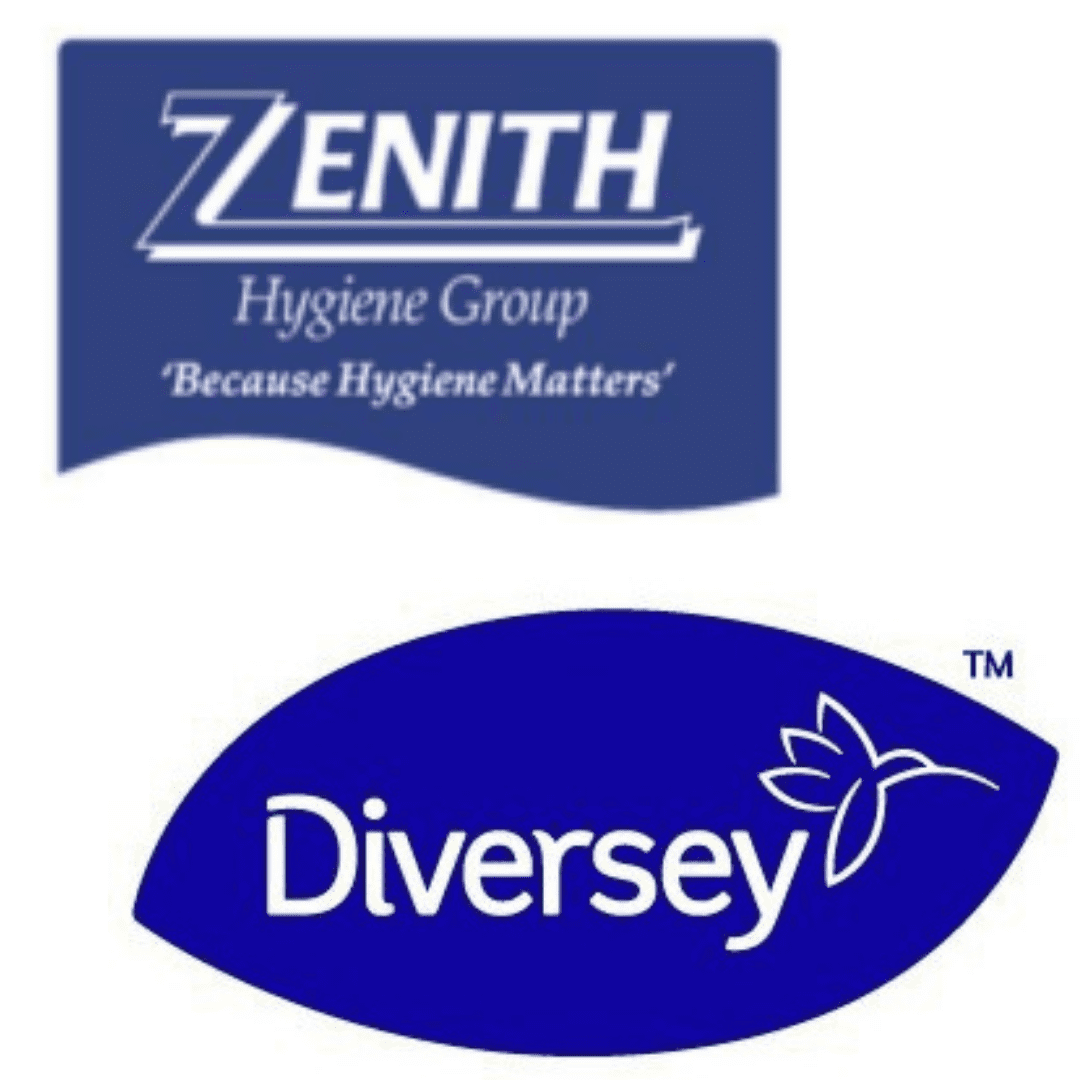Chemical organisations are entities involved in the production, handling, or distribution of chemicals. These can encompass a wide range of businesses, from large-scale chemical manufacturing plants to research laboratories and even small-scale specialty chemical companies. Regardless of their size or scope, these organisations share a common need for robust safety measures and sustainable practices.
The chemical industry plays a pivotal role in modern society, providing essential products that range from pharmaceuticals to plastics. With such a crucial role comes the responsibility of ensuring safety, both for employees and the environment. This is where international standards like ISO 45001 and ISO 14001 come into play.
Health & Safety Management to ISO 45001 for Chemical Organisations
ISO 45001 is an internationally recognised Occupational Health and Safety Management System (OHSMS) standard. It provides a framework for organisations to manage and improve their occupational health and safety performance.
Benefits of ISO 45001
For chemical organisations, compliance with ISO 45001 is paramount. The nature of the chemical industry involves working with potentially hazardous materials, making safety a top priority. ISO 45001 helps chemical organisations establish a systematic approach to identifying and controlling occupational health and safety risks. By implementing this standard, organisations can:
- Reduce Accidents and Incidents: Emphasised hazard identification and risk assessment, leading to fewer accidents and incidents in the workplace.
- Legal Compliance: Ensured compliance with relevant health and safety regulations, reducing the risk of penalties and legal liabilities.
- Improved Employee Morale and Engagement: A safe working environment leads to increased employee satisfaction, morale, and productivity.
- Enhanced Reputation and Stakeholder Confidence: ISO 45001 certification demonstrates a commitment to safety, which can positively impact an organisation’s reputation and build trust with stakeholders.
Requirements of ISO 45001
ISO 45001 outlines several key requirements that organisations must meet to achieve certification. These Include:
- Context of the Organisation: Understanding the internal and external factors that can impact health and safety.
- Leadership and Worker Participation: Demonstrating commitment from top management and involving workers in the OHSMS.
- Risk Assessment and Hazard Identification: Identifying and assessing risks associated with occupational health and safety.
- Planning and Implementation of Controls: Establishing controls and processes to mitigate identified risks.
- Monitoring, Measurement, Analysis, and Evaluation: Regularly evaluating the OHSMS performance and effectiveness.
- Continual Improvement: Implementing measures to enhance occupational health and safety performance over time.
Not Ready for Certification?
There are certain legal requirements when using chemicals in the workplace, for example COSHH, DSEAR and CDG regulations. Assent can help you put processes in place to comply with the regulations and verify your compliance.
Environmental Management to ISO 14001 for Chemical Organisations
ISO 14001 is an internationally recognised Environmental Management System (EMS) standard. It provides a framework for organisations to manage and improve their environmental performance.
Benefits of ISO 14001
In the chemical industry, environmental concerns are paramount. The production and handling of chemicals can have significant impacts on the environment. ISO 14001 helps chemical organisations establish a systematic approach to identifying and managing environmental aspects and impacts. By implementing this standard, organisations can:
- Environmental Compliance: Ensures compliance with relevant environmental regulations and standards, reducing the risk of fines and penalties.
- Resource Efficiency: Encourages the efficient use of resources, including raw materials and energy, leading to cost savings.
- Waste Reduction and Recycling: Emphasises waste management, including reduction, recycling, and proper disposal, reducing the environmental footprint.
- Enhanced Reputation and Market Access: Enhances an organisation’s reputation and provides access to markets with strict environmental requirements.
Requirements of ISO 14001
ISO 14001 outlines several key requirements that organisations must meet to achieve certification. These Include:
- Environmental Policy: Establishing a clear environmental policy that reflects the organization’s commitment to environmental protection.
- Planning: Identifying environmental aspects and impacts, legal and other requirements, and setting objectives and targets.
- Implementation and Operation: Establishing roles, responsibilities, training, communication, and documentation to support the EMS.
- Monitoring and Measurement: Monitoring environmental performance and compliance, and maintaining records of relevant information.
- Evaluation of Compliance: Periodically evaluating compliance with applicable legal requirements and other requirements.
- Review and Improvement: Regularly reviewing the EMS for effectiveness and making necessary improvements.



